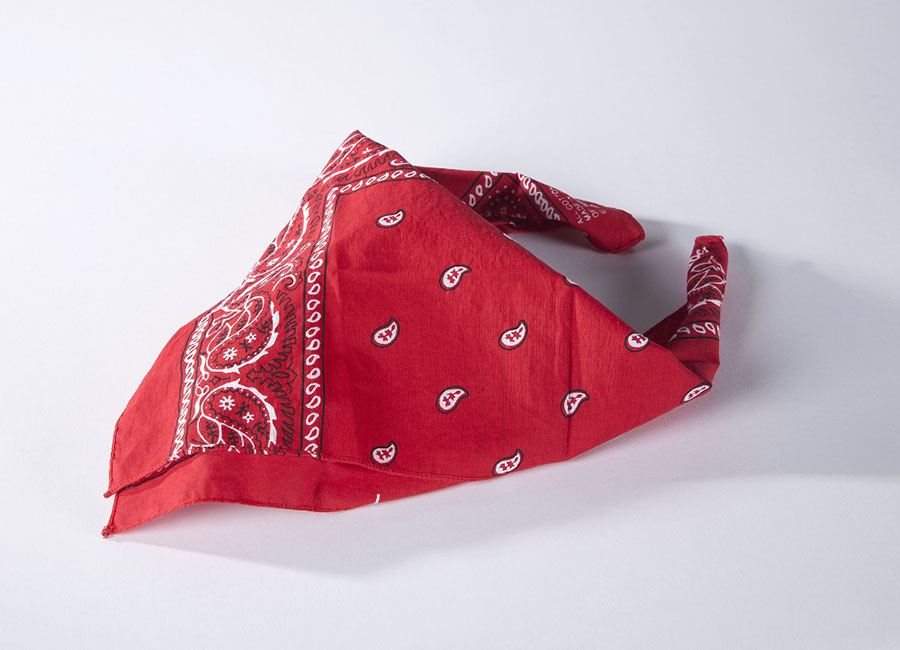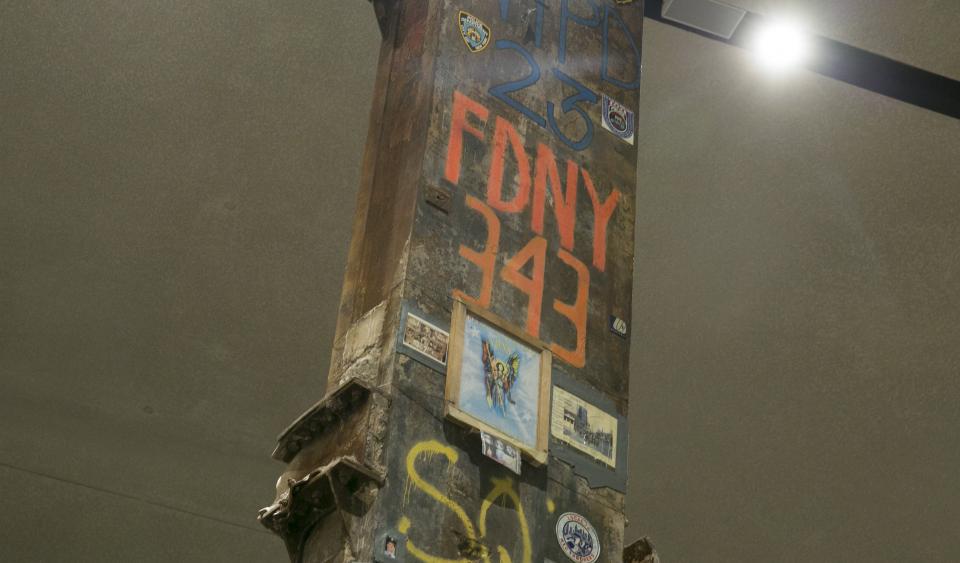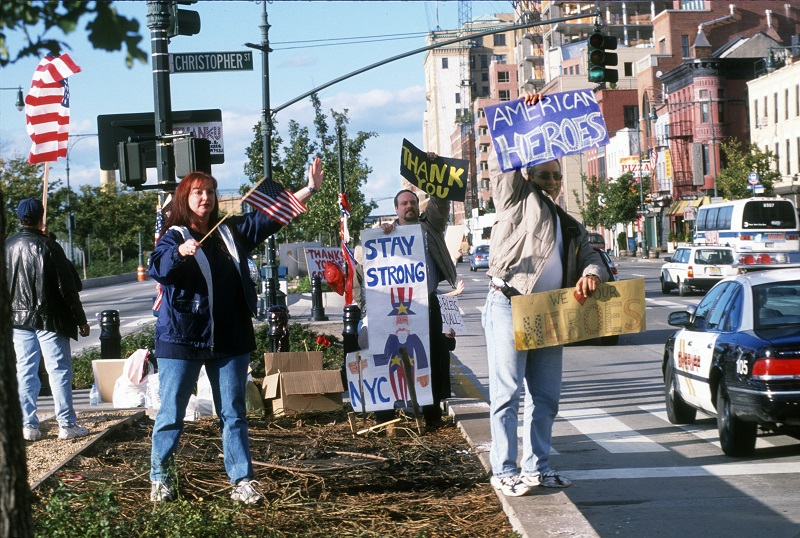Remembering the ‘Man in the Red Bandana’

On Sept.11, New Yorkers demonstrated extraordinary courage and risked their lives to save others. One of these heroes was the man in the red bandana, Welles Crowther.
9/11 Response Artist Donates Photos, Artifacts to Museum

One of the earliest 9/11 response artists has recently donated important examples of his original poster, banner and graphic creations to the 9/11 Memorial Museum, complemented by hundreds of votive items left at spontaneous shrine sites edging ground zero.
On the morning of 9/11, artist Keith Piaseczny, who now goes by the name Keith De Cesare, watched from the roof of his West Village apartment as smoke rose from the Twin Towers. Later that day, he began working on an image that became known as the Firefighters Angel. He soon featured it in the design of a memorial poster. Recognizing the heroic sacrifice of first responders, he distributed copies to local firehouses and police precincts at no charge.
De Cesare would later place examples of this and other angel-themed posters at the special family viewing platform located on the southwest portion of the site at ground zero. He and other volunteers took a deep personal interest in caring for the platform and accumulating tributes left there. The recent gift to the collection includes photographs of De Cesare’s memorial artwork at ground zero and scenes of 9/11 family members, uniformed responders and members of the public interacting with these inspirational images and participatory banners.
A framed copy of the Firefighters Angel was affixed to the Last Column during the latter weeks of the recovery period. The column has been on display since the Museum opened in May of 2014. Just recently, a new virtual “hotspot” has been added to the interactive tables at the foot of the artifact in the Museum’s Foundation Hall, allowing visitors to learn details about this particular object’s background story.
“Keith’s shrine-keeping and art-making efforts can be contextualized in a greater landscape of radical volunteerism, and grassroots humanitarian work that characterized the unprecedented public response to 9/11,” said Jan Seidler Ramirez, chief curator of the 9/11 Memorial Museum.
Under the umbrella of ArtAID, an organization he created before 2001 to encourage social responsibility through art, De Cesare disseminated variations on the original angel poster, adapting the composition for the New York City Police Department, the Port Authority Police Department, and other groups affected by 9/11.
By Anthony Guido, 9/11 Memorial Director of Communications

On Sept.11, New Yorkers demonstrated extraordinary courage and risked their lives to save others. One of these heroes was the man in the red bandana, Welles Crowther.

Soon after the Sept. 11 attacks, the West Side Highway became known as “Hero Highway” after crowds lined the road cheering and waving banners as thousands of rescue and recovery workers traveled to ground zero.